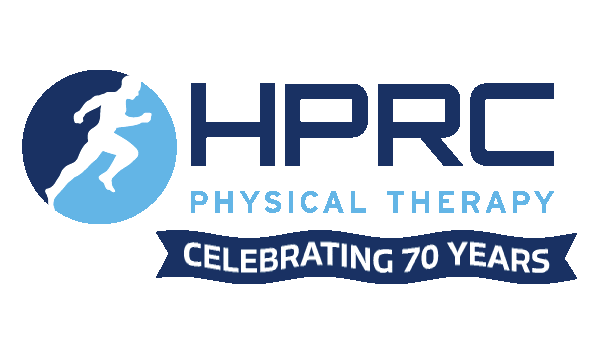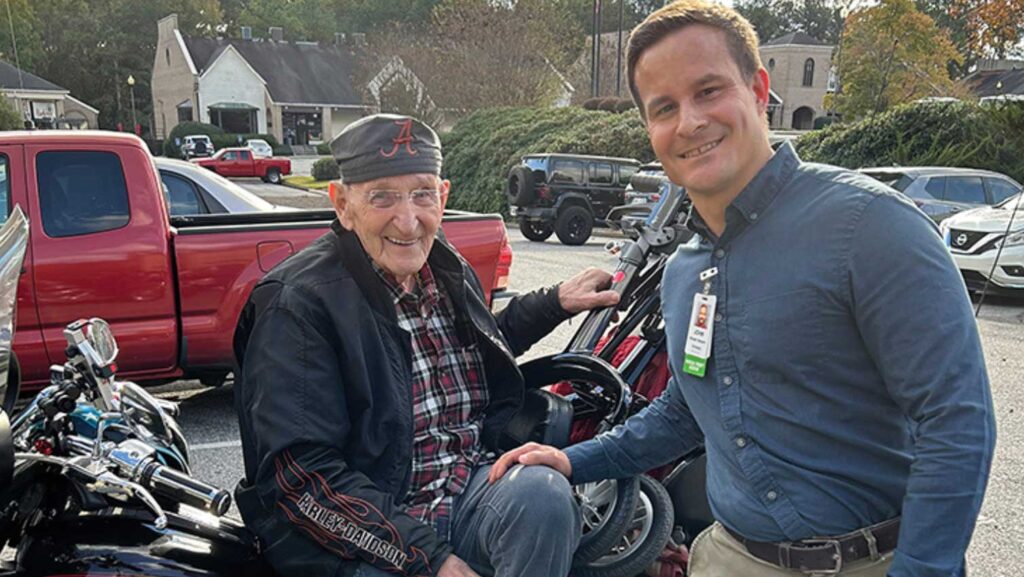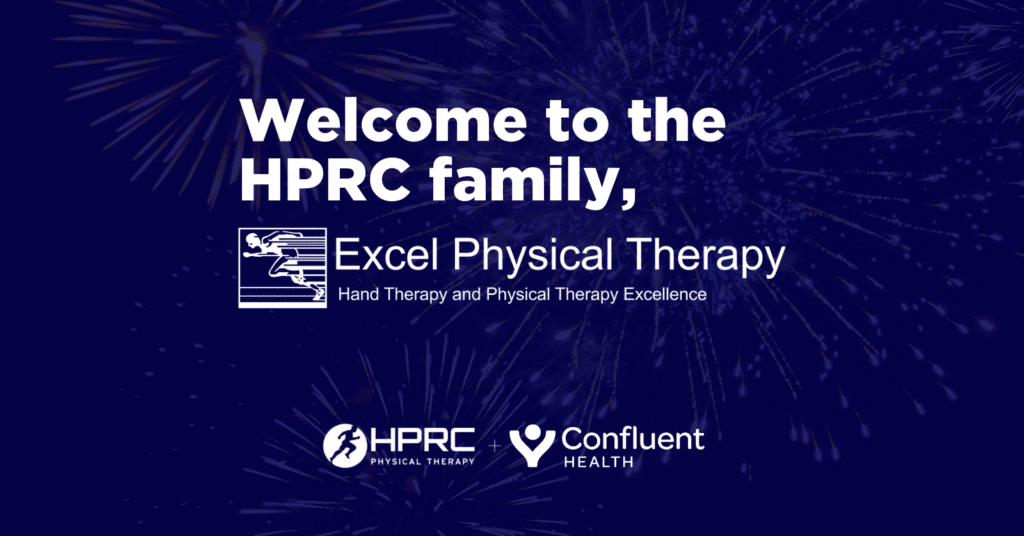Starting a new exercise routine can be uncomfortable. However, the long-term payoffs are greater than the initial aggravation of getting up early, changes to your normal “comfortable” routine, and soreness of muscles you have not used in a long time. The rewards of exercise are great. Starting an exercise routine can provide some immediate results: improved flexibility, increased mental clarity, and weight management effects can be seen shortly after starting a new routine. But the long-term effects are even more powerful. The American Cancer Society published a study that shows that too much time sitting and being sedentary is associated with an increased risk of death from various health conditions, including type 2 diabetes, high cholesterol, high blood pressure, and heart disease. The good news is that exercise of any type will help reverse the effects of a sedentary lifestyle and it does not matter what type of exercise you do; the main thing is to get up and get moving.
So, now that you are moving and starting to use those muscles that you have not used in a while, what can you expect. Soreness is more than likely going to happen. Think about doing yard work. You may be used to cutting the grass with your push mower and weed-eating the edges, but say you go to the nursery and buy 10 new bushes to plant along the front of your house. Now you are lifting, bending, digging, planting, moving dirt, and watering for an entire day. You are tired at the end of the day, but you feel great and your house looks amazing. But the next morning, well that is a different story, is it not? The same thing can be true for starting a new routine, soreness is expected, pain is not. But how do you know the difference?
Soreness:
Soreness after or during activities can be completely normal. Typically, soreness sets in the day after activity and will usually resolve in a few days. Soreness occurs from muscle exertion that causes micro tears in the muscle fibers. This micro tearing forces your muscles to adapt and remodel to handle the increased stress from the exertion. This is what allows your muscles to get stronger and have greater endurance to complete various activities. Therefore, soreness is a normal response that your body has to doing exercise and a normal process of adapting the body to handle increased activity levels.
Soreness will typically present in the following ways:
- Onset: During exercise but can be 24-72 hours after exercise before soreness starts.
- Lasts 2-3 days.
- Presents in the muscles only.
- During exercise: tender to touch, tires easily, and a burning feeling.
- At rest: tight with a dull achy feeling
- Gets better with stretching, movement, and appropriate amounts of rest.
- Gets worse with inactivity.
- You should continue to move after appropriate amounts of rest and recover.
- Activities should be different than the activities that you did to cause the soreness
Pain:
If discomfort persists and does not improve beyond the 3-4 days that is typical for soreness, then it may be time to be concerned about an injury. Delayed onset muscle soreness (DOMS) will typically present in 1-2 days post workout and resolve in another 2-4 days. Any pain, tenderness, achiness, discomfort, etc. that persists beyond 1 week needs to be looked at further. Also, soreness will always be in a muscle, if discomfort is noted in a joint, then always suspect an injury. If an injury is suspected, then you can start using ice immediately, especially if you see swelling. Ice should be used exclusively for 7-12 days. Heat should be reserved for old, chronic injuries. When using ice, make sure to leave the ice one for 15-20 minutes but no longer. Any longer than 20 minutes and you run the risk of injuring tissue from the prolonged cold. Also, if you are using a chemical cold pack (other than ice) you need to put a layer of some type (i.e. towel, pillowcase, etc.) between you and the cold pack. Most chemical cold packs get extremely cold and stay at the extreme temperatures longer than ice does and cause skin and tissue damage much faster than ice. If swelling is present or an injury is acute remember RICES (Rest, Ice, Compression, Elevation, and Support). For an injury such as a sprained ankle: rest can be decreasing activity and staying off the injured ankle as much as possible, using ice for 15-20 minutes every hour, for compression use an ACE wrap or sleeve to apply compression, for elevation you can lie on your back with your ankle above your heart, it is best to do this every time you ice, and support would be the use of an ankle brace during activity to allow the injured ligaments to heal.
Pain will typically present in the following ways:
- Onset: During exercise or up to 24 hours following activity.
- Typically, does not resolve on its own and becomes a linger issue.
- Presents in the muscles and/or joints.
- Gets better with ice, rest, and gentle/pain free movements.
- Gets worse with return to activity after recovery and appropriate time off/rest.
- During exercise: Sharp ache to pain.
- At rest: Sharp Ache
- You should seek the advice of a medical professional (i.e. family doctor, orthopedic surgeon, and/or physical therapist) if pain persists >1-2 weeks or comes back with resuming activity.
Similarities exist between soreness and pain, which is why people have some confusion as to what they may have going on. It is always best to listen to your body and back off the exercise routine for a few days. If your discomfort subsides in a few days, more than likely, you just over did it and you had a bad case of muscle soreness. But, if your discomfort persists for a week or more, comes back when you resume exercise after rest, is a sharp instead of a dull ache, and/or is in a joint and not just in a muscle; then you need to seek out the advice and expertise of a medical profession such as a physician or physical therapist to further evaluate your condition and help you manage your condition appropriately.
Learn more about the author of this article, Paul L. Padgett, PT, ATC, CSCS.
Sources:
- https://www.choosept.com/resources/detail/soreness-vs-pain-whats-difference
- https://www.reboundmd.com/news/how-know-difference-between-soreness-and-pain
- https://www.novanthealth.org/healthy-headlines/soreness-vs-pain-why-you-need-to-know-the-difference
- https://primal7movement.com/blog/whats-the-difference-between-pain-and-muscle-soreness
https://patient.info/news-and-features/what-are-the-long-term-benefits-of-exercise



